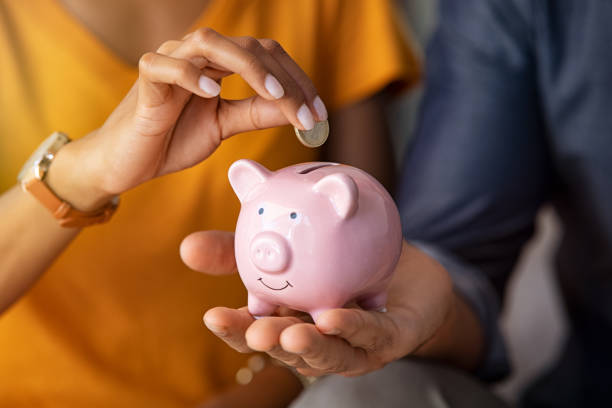March 31 is the last day to make tax-saving investments for 2022 and 2023. With only a month left for the same, it’s high time to plan your taxes so you can have more money to spend. However, you might make mistakes that could end up costing you money in the long run in this last-minute rush. Therefore, we have compiled a list of some of these errors that must be avoided:
Investing more money than required
Putting in more money than you need to in tax-saving investments or investing in a state of panic in the excitement of the last-minute rush This only messes up the plans for the future in terms of money. Therefore, the best course of action is to evaluate the taxes that you have already saved in the form of house rent, education loans, home loans, and so on, and then invest only the remaining amount.
For assistance in calculating this total investment amount, experts recommend either using a reputable online calculator or seeking advice from a tax expert.
Investing in products that offer low returns
Buying or investing in products that are not liquid enough, have high overhead costs attached to them, or offer very low returns is another mistake you can make during this end-of-the-moment frenzy. As a result, experts recommend selecting products about which you have some knowledge or can easily exit.
Making investments without proper planning
A lot of people forget to properly plan when they make investments, such as checking the rate of returns on investments. On websites, advertisements, and other sources, you can easily find out the interest rate on investments like PPFs and FDs. However, the rate of return on investments such as ULIP, ELSS, and so on. whose daily fluctuation in value is uncertain.
As a result, before investing in these, you should make sure that their returns are adequate when compared to those of other investments.
Investing without a financial plan
You might forget to connect tax-saving tools to your goal, which could cost you a lot in the long run. Because all tax-saving investments have some lock-in period, which can be anywhere from three years to fifteen years depending on the source of the investment, experts advise individuals to invest in products that will assist them in achieving long-term financial objectives.
Buying insurance to save money on taxes
A lot of people buy insurance to save money on taxes. Experts, on the other hand, believe that insurance and investments shouldn’t be combined, and it’s always best to buy a term plan and invest the rest in instruments that give good returns.
























